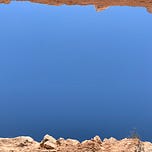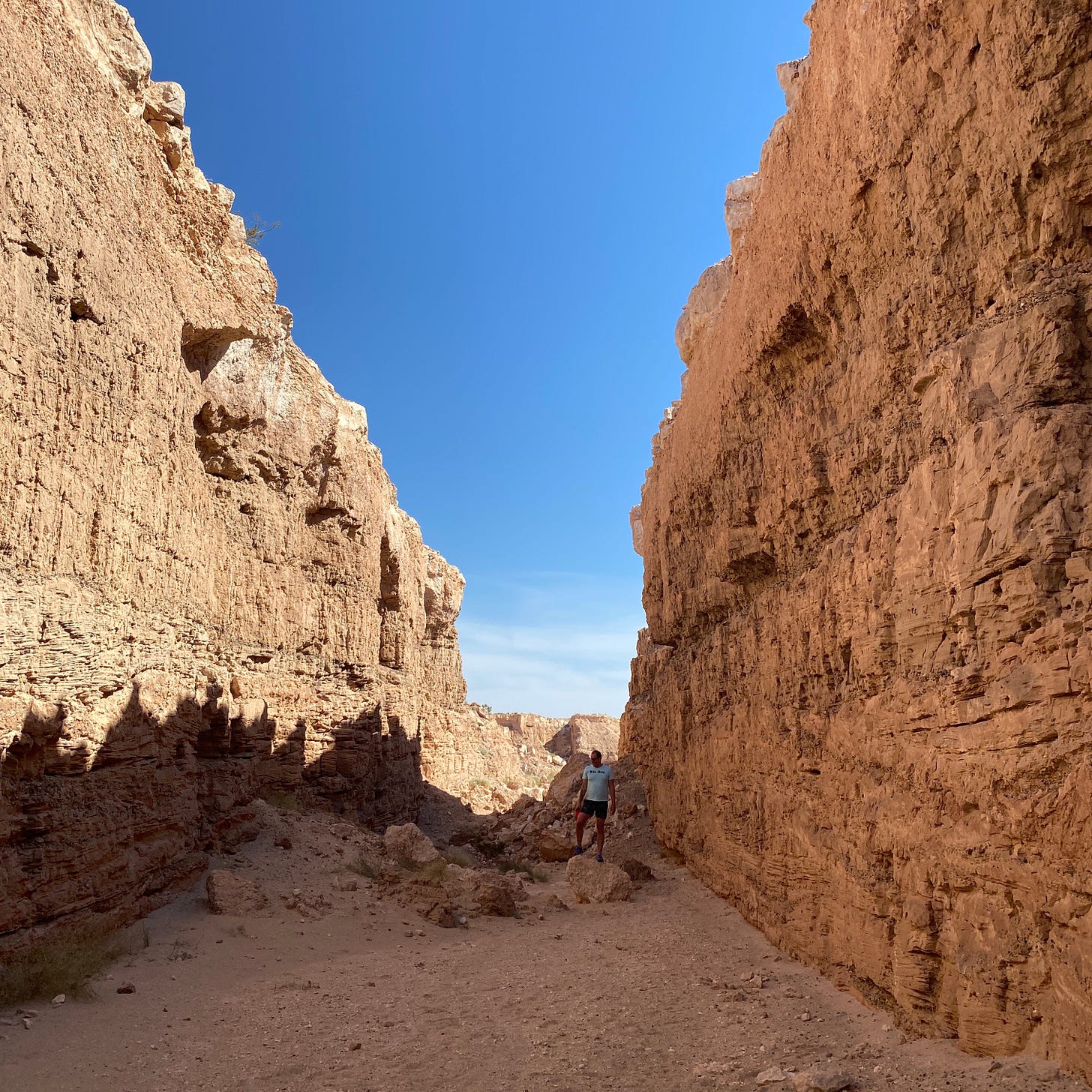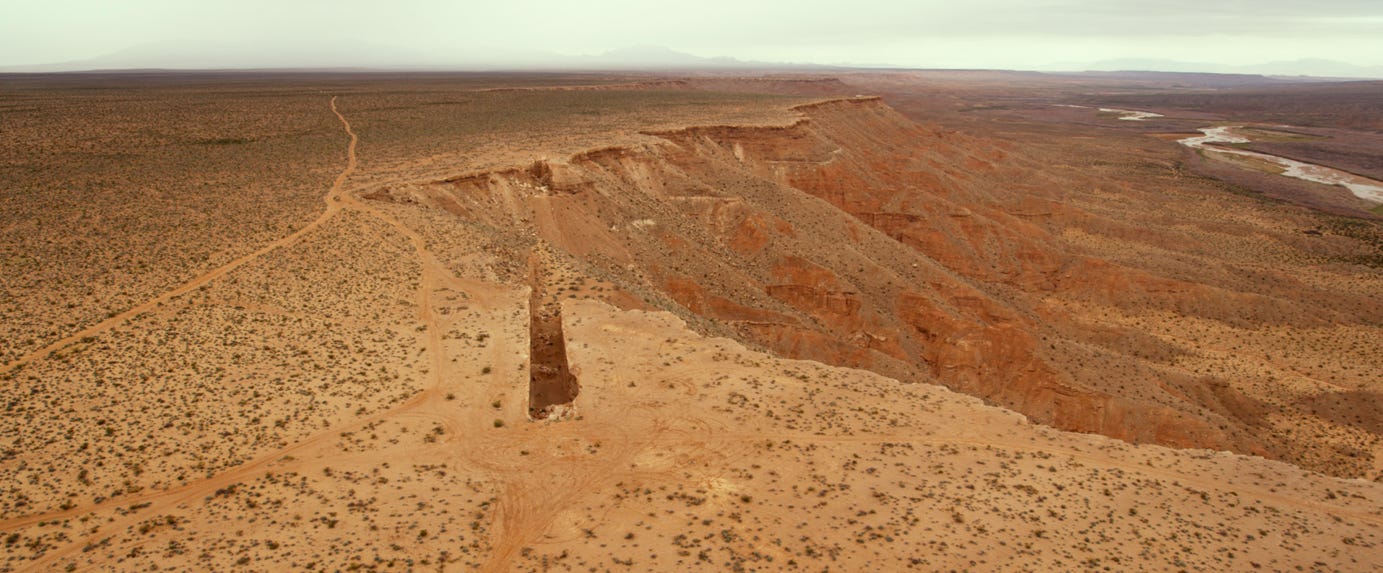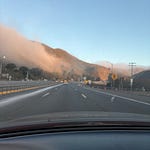One of the aspects of land art is that it takes a great journey to experience them. There is planning required with your time, clothing, food, and transportation. The effort to see is very much a part of the art. Four wheel drive is required. A mental fortitude and determination, and toleration of heat are helpful. There is an inherent tension that lives with the mere idea of an artist trying to make a mark of this magnitude on the land. It seems trivial, playful, or wasteful.
I had made these kind of judgements on Michael Heizer’s Double Negative before visiting. I wasn’t necessarily moved by him as an artist, making judgements of his character and my own continued gravitational pull towards obsessing on another white straight man making a gash into the earth for “no reason.” He was a cowboy of his own making. I had my concerns. Yet, for the last 52 years his sculpture sits in the Nevada desert, why would my concerns carry any weight? When I finally did arrive at the top of the mesa, where the asphalt ends and the dirt road begins, my art world concerns quickly disappeared as extreme stress creeped in as I maneuvered my Ford Escape over the unforgiving terrain of Mormon Mesa. On top of the mesa, you navigate with coordinates and simple directions. A number of things raced through my head ranging from the worst case scenarios that include withering in 100 degree heat or the dreaded flat tire. But, I also maintained the idea we were well within the range of a small town. Civilization was near. It is not as remote as I thought, but still far enough way to feel absolutely surrounded by desolation.
It was hard to tell when we had arrived. I kept driving. I kept staring at the desert. Cacti. Rocks. Shrubs. Cacti. Rocks. Shrubs. Abandoned tire. Remnants of humans. We were close. And then, out of the repetition, pattern, and monotony, there it was - Double Negative. Out of the desert appeared a repeating shape on the edge of a river valley oasis. The blank void is a result of displacing over 240,000 tons of desert sandstone. The human touch had been here. In the age of climate change, we cannot help but hear of our constant scars that we are creating to our home through our behaviors. And here was a reminder that our self-inflicted wounds are not healing. Here in this place, Heizer has shown us a reflection of ourselves since 1969.
The piece is meant to be viewed from above via a plane, of course. From above, the shape is clear black void in the desert. A shape that clearly stands out, still 52 years later, Heizer is drawn our focus in to what does not fit, that we might recognize what is right around us.
Double Negative (1969) is a work of land art by the artist Michael Heizer. It is located in the Moapa Valley on Mormon Mesa near Overton, Nevada. Double Negative was acquired into the Los Angeles Museum of Contemporary Art’s permanent collection in 1985. It is on view 24/7, 365 days a year.
Justin Favela’s Outsize Piñatas are Colorful Statements on Lantix Culture
Nevada solar power project threatens Michael Heizer’s land art sculpture Double Negative














